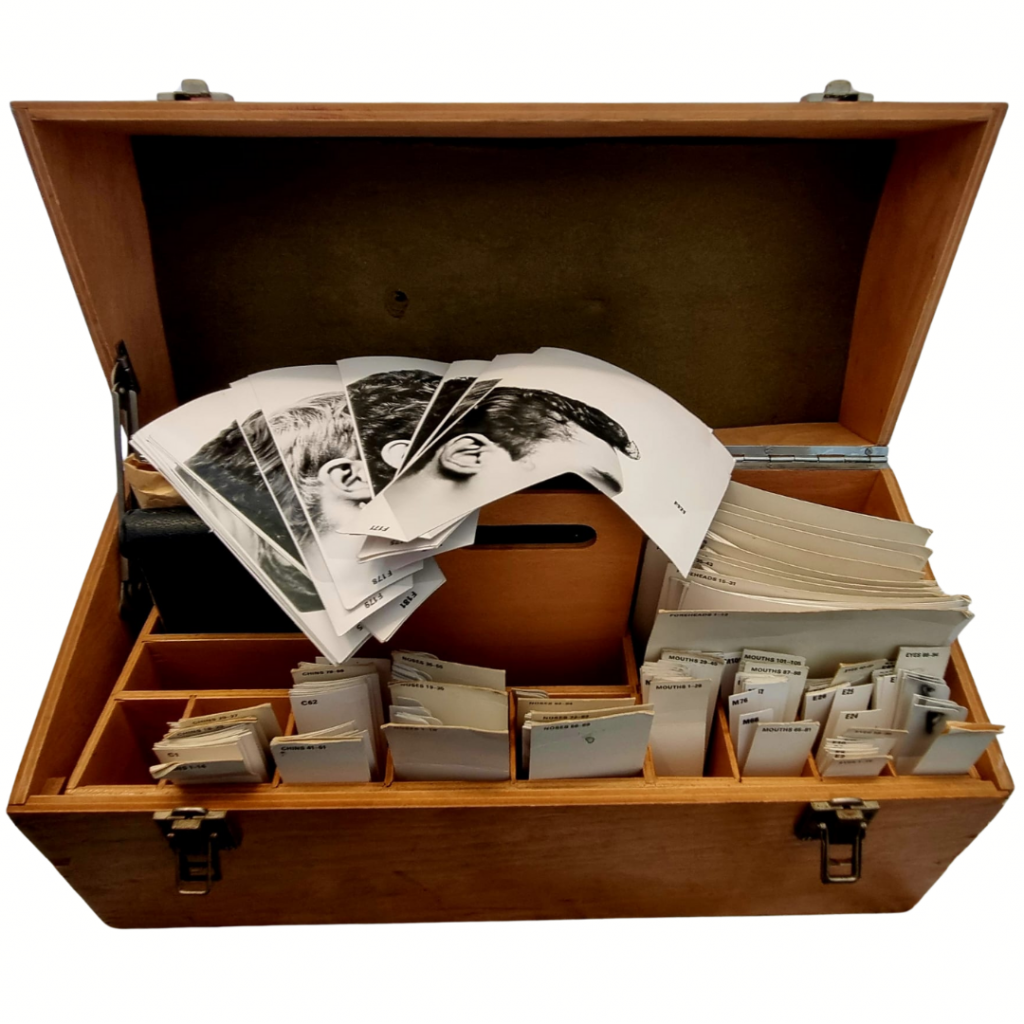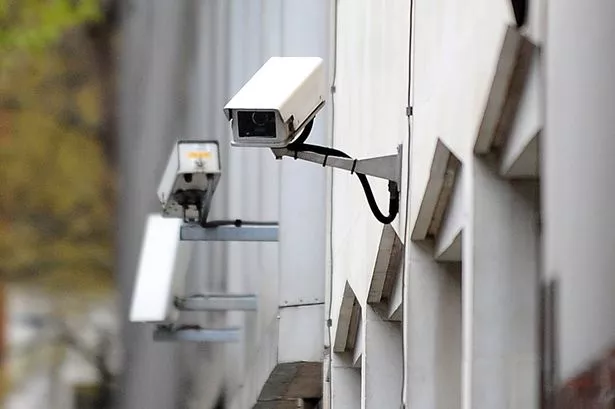Published on | #WeAre50, General
Facial recognition technology is no mystery to us in the 21st century – our phones know our faces, airport security is automated by scanning our likeness, and a spy movie isn’t complete without someone holding their eye up to a scanner to gain access somewhere top secret. It seems almost far-fetched to think of a time when the ability to identify someone as a suspect or criminal came down to human memory and recognition alone, yet this was the reality of early 19th century officers.

Mugshots began in the UK in 1853
Birmingham was the first Police force in the UK to take mugshots – many of which were taken here at the Lock-Up.
The idea of ‘taking someone’s likeness’ within policing began in the most rudimentary form – a suspect sat in front of officers who would study their features and commit them to memory. Sketches may be made, but for many officers on patrol they had to rely upon their own recall to recognise criminals out on the streets.
The introduction of mugshots greatly improved things – though early records were somewhat disorganised, soon the force kept well documented ledgers of criminals including descriptions of their key features; eye and hair colour, scarring or tattoos, and even their complexion.

Photofit Kit
An array of photographs of eyes, mouths, hair, etc allow witnesses to piece together what a suspect may have looked like.
In the 1970’s, advances in technology took forensic identification methods a step further with the introduction of Photofit Kits. These kits, though simple in design, had huge potential with the ability to recreate up to nine-million full-face likenesses of suspects, making them “the ultimate identification unit”1. Each kit contained photos of sections of the face, noses, eyes, lips, chins, foreheads, ears etc. which witnesses would be asked to piece together like a puzzle to create the likeness of the suspect. Where this technique fell short was its lack of racial diversity in the images, and the use of fashionable accessories such as glasses or headwear that changed with the times.

CCTV Cameras in Birmingham
Several police forces have used live facial recognition surveillance technology in public spaces since 2015, scanning millions of people’s faces.
So how has police technology advanced in the age of surveillance?
The Police National Database was introduced across the UK in 2011 and by June, all UK forces were connected and using it. The PND was introduced following the Bichard Inquiry in 2004, which criticised police information sharing and recommended that a national intelligence-sharing system be created. It makes over two billion pieces of police intelligence available to licensed users in police forces and 18 other organisations.
Since then the PND has evolved significantly and it is now possible for officers to conduct facial recognition searches to compare an image of a suspect to images in the database. Hand-in-hand with this is facial recognition technology and biometrics; these map facial features from a photograph or video and then compare that information with a database to find a match.
Reactive Facial Recognition (RFR) technology is used to help identify a suspect efficiently and effectively. These images are then compared against national custody images. After a search is made, the technology suggests possible matches from the reference image database, listing them from most to least likely. An operator reviews these suggestions and determines if a match has been made – this information is then passed on to the investigating officer who treats it as intelligence to support their investigation.
“I chair the local PND Facial Recognition project board which has attendees from ICT, Investigations, Force Contact and Digital Forensics. We also have Change Champions attend to help me promote the use of PND.
We have written training packages and recently automated the process of requesting facial image searches to make it more user friendly.
By the end of 2023 we tripled our use of PND image searches and approximately 4200 searches were completed by WMP staff and we are currently the third highest user behind BTP and the Met.”
Superintendent / Head of Tactical, Wayne Carter
